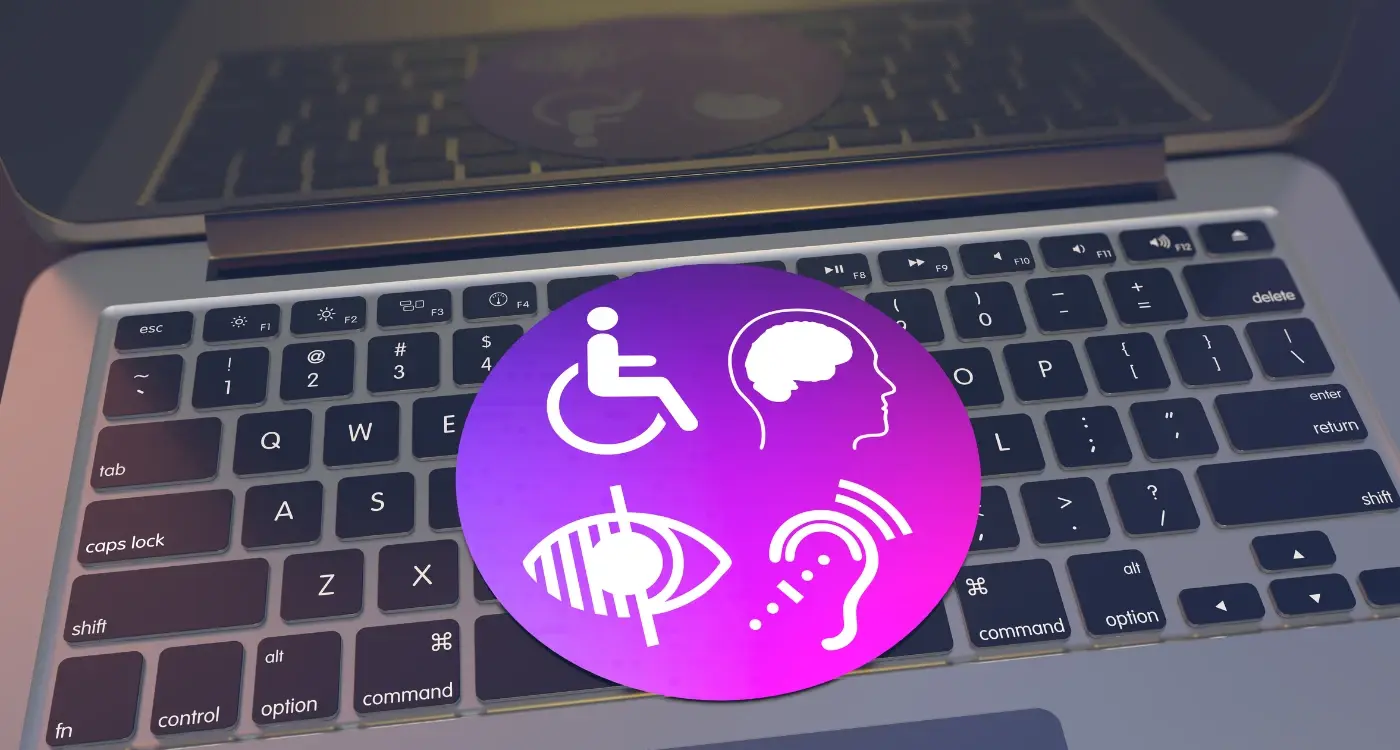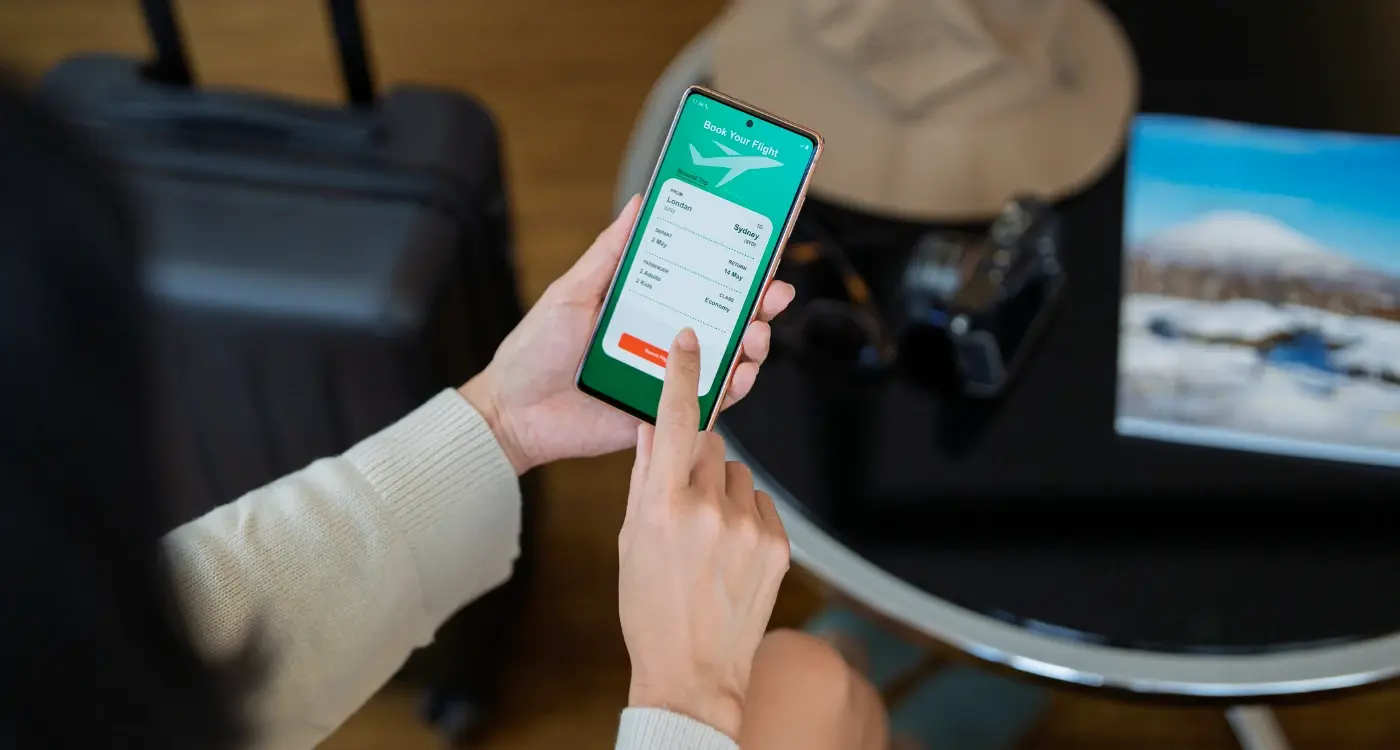How Do International Accessibility Laws Apply to Mobile Apps?
You've spent months building what you think is the perfect mobile app. The design looks great, the features work smoothly, and your beta testers love it. Then someone mentions accessibility compliance and suddenly you're staring at a mountain of legal requirements from different countries that you never knew existed. Sound familiar? You're not alone—this exact scenario plays out for app developers around the world every single day.
Here's the thing: when you release a mobile app internationally, you're not just dealing with one set of rules. Each region has its own accessibility laws, and they all expect your app to work for people with disabilities. The European Union has different requirements than the United States, which are different again from what Australia expects. It's enough to make anyone's head spin.
Building an accessible mobile app isn't just about following the law—it's about creating something that works for everyone, regardless of their abilities.
But here's what I've learned after years of helping clients navigate this maze: international compliance doesn't have to be overwhelming. Yes, there are multiple laws to consider. Yes, disability rights legislation varies between countries. But there's actually more overlap than you might think, and once you understand the core principles, everything else starts to make sense. This guide will walk you through exactly what you need to know to make your mobile app compliant across different regions—without the legal jargon that usually comes with this topic. We'll break it down into manageable pieces so you can focus on what really matters: building an app that works for everyone.
Understanding International Accessibility Laws
When you're building an app that people across the globe will use, you need to know about accessibility laws. These aren't just suggestions—they're actual legal requirements that protect people with disabilities and make sure they can use digital products like your mobile app.
Different countries have their own rules, but they all share the same goal: making technology accessible to everyone. The United States has the Americans with Disabilities Act (ADA), which courts have applied to mobile apps even though it was written decades before smartphones existed. Europe follows the European Accessibility Act, which requires certain digital services to meet accessibility standards. Australia has the Disability Discrimination Act, and many other countries have similar laws.
Who These Laws Protect
These laws protect people with all kinds of disabilities—not just those who are blind or have vision problems. We're talking about users who are deaf or hard of hearing, people with motor difficulties who can't use touchscreens easily, and those with cognitive disabilities who need information presented clearly. Some people use screen readers to hear what's on their phone; others rely on voice control features or switch devices.
What This Means for Your App
The good news is that most accessibility laws point to the same technical standards—the Web Content Accessibility Guidelines, which we'll explore in detail in the next chapter. This means you don't need to build completely different versions of your app for different countries. Instead, you can follow one set of guidelines that will help you comply with laws worldwide whilst making your app better for everyone who uses it.
The Web Content Accessibility Guidelines (WCAG) Foundation
The Web Content Accessibility Guidelines are the gold standard when it comes to making digital content accessible—and yes, that includes your mobile app. These guidelines weren't created overnight; they've been refined and updated by accessibility experts from around the world to help developers build inclusive digital experiences.
WCAG is built on four main principles that form the foundation of accessible design. These are often called the POUR principles: Perceivable, Operable, Understandable, and Robust. Think of them as the building blocks that make your mobile app work for everyone, regardless of their abilities.
The Four Core Principles
Perceivable means users can see, hear, or otherwise sense the information in your app. This includes providing text alternatives for images and making sure your colour contrast is strong enough. Operable ensures users can interact with your app using whatever input method works for them—whether that's touch, voice commands, or assistive technology.
Understandable focuses on making your app's interface and information clear and predictable. Users shouldn't have to guess how something works. Robust means your app works reliably across different devices and assistive technologies, both now and in the future.
WCAG Compliance Levels
WCAG offers three levels of compliance: A, AA, and AAA. Most international accessibility laws require AA compliance, which strikes a good balance between accessibility and practical implementation. AAA is the highest level but can be challenging to achieve for all content.
- Level A: Basic accessibility features
- Level AA: Standard compliance level required by most laws
- Level AAA: Enhanced accessibility (recommended where possible)
Start with WCAG AA compliance—it covers the most common accessibility barriers and meets legal requirements in most countries. You can always build up to AAA standards for specific features later.
Major Regional Accessibility Requirements
Different parts of the world have their own rules about making mobile apps accessible—and trust me, keeping track of them all can be a proper headache! The good news is that most regions base their requirements on WCAG guidelines, so there's quite a bit of overlap.
In the United States, you've got the Americans with Disabilities Act (ADA) which doesn't explicitly mention mobile apps but courts have been applying it to digital products for years now. There's also Section 508 which covers federal agencies and organisations that receive federal funding. Both typically reference WCAG 2.1 Level AA as the standard to meet.
European Union Standards
The EU takes accessibility seriously with the European Accessibility Act, which will require mobile apps in certain sectors to meet accessibility standards. The Web Accessibility Directive already covers public sector apps, and again, WCAG 2.1 Level AA is the benchmark they use.
Other Key Regions
Canada has the Accessible Canada Act; Australia has the Disability Discrimination Act; and many other countries are developing similar legislation. Most follow the same pattern—they reference WCAG standards rather than creating entirely new requirements.
Here's what I find interesting: whilst the legal frameworks differ, the technical requirements are remarkably similar. This means if you build your app to meet WCAG 2.1 Level AA standards, you're likely to satisfy most regional requirements. The tricky bit isn't the technical implementation—it's understanding which laws apply to your specific situation and keeping up with changes as new legislation emerges.
Common Mobile App Accessibility Barriers
After years of building mobile apps and seeing countless accessibility audits, I can tell you that the same barriers keep cropping up again and again. It's not that developers don't care—most genuinely want to create inclusive apps. The problem is that accessibility often becomes an afterthought rather than being built in from the start.
Visual and Navigation Barriers
The biggest culprit? Poor colour contrast. Text that's barely visible against its background might look sleek to designers, but it's a nightmare for users with visual impairments. Then there are those tiny touch targets—buttons and links that are so small they're difficult to tap accurately. The recommended minimum size is 44 pixels, but you'd be surprised how many apps ignore this basic rule.
Navigation presents its own challenges. Apps without proper heading structures confuse screen readers, making it impossible for blind users to understand the page layout. Missing alt text for images is another frequent issue; decorative images should have empty alt attributes, whilst informative images need descriptive text.
Interactive Element Problems
Forms are particularly troublesome. Labels that aren't properly associated with their input fields leave users guessing what information to enter. Error messages that only use colour to indicate problems—like turning a field red—don't help users who can't distinguish colours.
The goal isn't just legal compliance; it's about creating apps that work for everyone, regardless of their abilities
Audio and video content without captions or transcripts excludes deaf and hard-of-hearing users entirely. Auto-playing media can be disorienting for users with cognitive disabilities, whilst content that flashes rapidly can trigger seizures. These barriers aren't just inconvenient—they can be genuinely dangerous and certainly violate international disability rights standards that mobile app developers must consider for international compliance.
Technical Implementation for Compliance
Making your mobile app accessible isn't just about good intentions—it requires proper technical implementation. After working with countless development teams, I've seen that the biggest mistake is treating accessibility as an afterthought rather than building it into the foundation of your app.
The good news? Most modern development platforms already include accessibility tools. iOS has VoiceOver support built right into UIKit, whilst Android provides TalkBack integration through its accessibility APIs. The key is knowing how to use them properly.
Platform-Specific Implementation
Each platform has its own approach to accessibility. On iOS, you'll want to set accessibility labels, hints, and traits for every interactive element. Android requires similar attention with content descriptions and proper focus management. React Native and Flutter developers need to implement accessibility properties that work across both platforms—which can be trickier than it sounds.
Testing tools are your best friend here. Xcode's Accessibility Inspector and Android's Accessibility Scanner will catch most basic issues before your app reaches users.
Common Implementation Areas
- Text scaling and dynamic type support for users with visual impairments
- Colour contrast ratios that meet WCAG standards
- Keyboard navigation for users who can't use touch gestures
- Screen reader compatibility with proper semantic markup
- Alternative input methods like voice control and switch access
- Haptic feedback for users with hearing difficulties
The technical side isn't rocket science, but it does require attention to detail. Start with the basics—proper labelling and contrast—then work your way up to more advanced features like custom accessibility actions.
Testing and Validation Methods
Testing your mobile app for accessibility isn't something you can just tick off a list and forget about—it needs to be woven into your entire development process. I've seen too many projects where accessibility testing gets pushed to the end, only for teams to discover major issues that require significant rework.
The most effective approach combines automated testing tools with manual testing methods. Automated tools can catch obvious problems like missing alt text or insufficient colour contrast, but they'll miss the nuanced issues that real users experience. Screen readers like VoiceOver on iOS or TalkBack on Android should be your go-to testing companions; if you can't navigate your app with these tools, neither can your users.
Real User Testing
Nothing beats getting actual feedback from people who use assistive technologies daily. User testing sessions with disabled participants will reveal problems you never considered—like gesture conflicts or confusing navigation patterns that seem logical to sighted users but create chaos for screen reader users.
Validation Checklist
Create a comprehensive testing checklist that covers WCAG guidelines but goes beyond them. Test with different font sizes, check that your app works in both portrait and landscape orientations, and verify that users can complete core tasks using only voice commands or switch controls. Remember, international compliance means considering how your mobile app performs across different languages and cultural contexts too.
Test your app with your eyes closed or the screen dimmed to minimum brightness—this simple exercise often reveals navigation issues that formal testing might miss.
Document everything you find and prioritise fixes based on how they impact user experience rather than how easy they are to implement.
Legal Consequences and Risk Management
Getting caught without proper accessibility compliance isn't just embarrassing—it can be expensive. Really expensive. The legal landscape around mobile app accessibility has shifted dramatically, and companies are finding themselves in court more often than they'd like to admit.
The financial penalties vary wildly depending on where your app operates. In the United States, lawsuits under the Americans with Disabilities Act can result in damages ranging from thousands to millions of pounds; European fines under accessibility directives can reach similar heights. But here's what keeps me up—it's not just the big corporations getting targeted anymore. Smaller app developers are increasingly finding themselves on the receiving end of legal action.
Building Your Defence Strategy
Smart risk management starts with documentation. You need to show you've made genuine efforts to comply with accessibility standards, even if your app isn't perfect yet. Courts look favourably on companies that demonstrate good faith attempts at compliance rather than complete ignorance.
- Conduct regular accessibility audits and keep detailed records
- Document all remediation efforts and timelines
- Establish clear policies for handling accessibility complaints
- Train your development team on accessibility requirements
- Create a public accessibility statement for your app
The key is treating accessibility as an ongoing process, not a one-time checklist. Legal teams are getting savvier about spotting companies that rush through compliance just to tick boxes. They want to see sustained commitment to accessible design—and frankly, that's exactly what your users deserve too.
Conclusion
Building an accessible mobile app isn't just about following rules—it's about creating something that works for everyone. Throughout this guide, we've explored how international compliance shapes the way we design and develop apps, and honestly, it's become one of the most rewarding aspects of what we do.
The legal landscape might seem complex at first glance, but the core principle remains simple: make your app usable for people with disabilities. Whether you're dealing with the Americans with Disabilities Act, European accessibility directives, or local regulations in other countries, the WCAG guidelines provide a solid foundation that will keep you on the right track.
What strikes me most about accessibility work is how it improves the experience for all users, not just those with disabilities. When you design with screen readers in mind, your content becomes clearer. When you consider motor impairments, your touch targets become easier to use. When you think about cognitive disabilities, your navigation becomes more intuitive.
The technical implementation doesn't have to be overwhelming either. Start with the basics: proper labelling, sufficient colour contrast, and logical navigation flow. Test with real assistive technologies—your simulator won't catch everything. Get feedback from actual users with disabilities whenever possible.
Disability rights legislation will continue evolving, and enforcement is becoming stricter worldwide. But if you approach accessibility as a design principle rather than a compliance checkbox, you'll build better apps that serve more people. That's good business sense wrapped up in doing the right thing—and frankly, that's exactly where the mobile app industry should be heading.
Share this
Subscribe To Our Learning Centre
You May Also Like
These Related Guides

What Are the Legal Requirements for App Accessibility in the UK?

What Legal Issues Should I Consider When Building a Travel Booking App?



